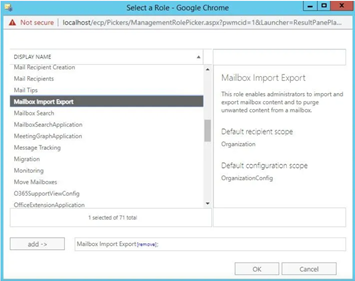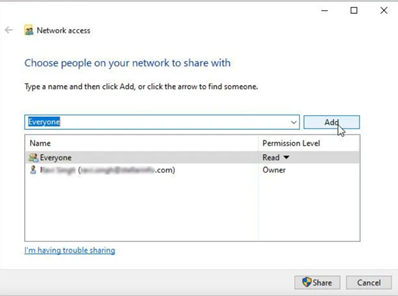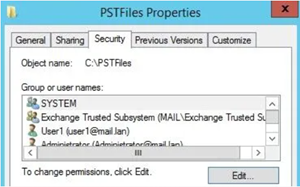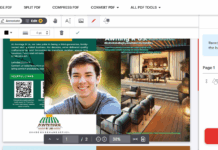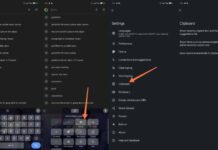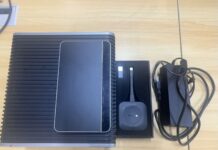In Exchange Server, all the mailbox items, including contacts and calendars, are stored in the Exchange database (EDB) file. Sometimes, you need to extract specific items, such as contacts and calendar, from the EDB file due to various reasons. These include archiving/backing up the contacts and calendar items, migrating them to another server or Office 365, and others.
Whatever be the reason, you can use the PowerShell cmdlets in Exchange Management Shell (EMS) to export specific mailbox items from the EDB file to PST. In this article, we will see how to extract contacts and calendar items from EDB file using the PowerShell cmdlets. We will also mention an advanced EDB to PST converter software that can help extract specific mailbox items from the EDB file and save them in PST and other formats in a more simplified way.
Methods to Extract Contacts and Calendar Data from EDB Files in Exchange Server
Below, we will discuss how to extract contacts and calendar data from EDB files using the PowerShell cmdlets and the EDB to PST converter software.
Method 1: Extract Contacts and Calendar Data from EDB file using PowerShell Cmdlets
Exchange Server provides the New-MailboxExportRequest PowerShell cmdlet to extract data from a user’s mailbox and export it to a PST file. This cmdlet is available in Exchange Server 2010 (SP1) and later versions. To export specific items or folders, such as contacts and calendar items, you need to use the cmdlet with the -IncludeFolders parameter. Here is how to do it.
Step 1: Assign Import/Export Role to the User Account
To use the New-MailboxExportRequest cmdlet, the user account that you will be using must have the Mailbox Import Export role. To assign this role, you can use the Exchange Admin Center (EAC). The steps are given below:
- Login to Exchange Admin Center (EAC). Then, navigate to Permissions > admin roles.
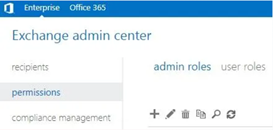
- Click the Add (+) button. Enter the name for the group.
- Click the Add (+) button, under the Roles. Scroll down to locate the Mailbox Import Export and double-click on it to add it to the list. Click OK.

- Add the user account that you will use to extract the data in the Members section and click Save.
As an alternative, you can use the following PowerShell cmdlet in the Exchange Management Shell (EMS) to assign the Mailbox Import Export role.
New-RoleGroup “Mailbox Import-Export Management” –Roles “Mailbox Import Export”
Step 2: Set up UNC File Path to Save the Extracted Data
Next, you need to create a shared folder to save the extracted data. You need to share this folder with the user having the Import/Export role. You also need to add the Exchange Trusted Subsystem to the permissions. The user must have full permissions on the folder. To do this,
- Create a new folder at any location on the Exchange Server.
- Then, right-click anywhere on the folder and select Give access to > Specific People.

- Select Everyone (not recommended) or your username (recommended) from the dropdown and click Add.

- Select Read/Write permission and click Share.

- Note down the shared network path. For example, \\exsrv\d$\pst.

Take note of the shared network path
Step 3: Extract Contacts and Calendar Data from EDB File
You need to use the New-MailboxExportRequest cmdlet with the -IncludeFolders parameter to extract contacts and calendar items from EDB and save them in PST file.
To extract the calendar data from EDB file and save it in PST file, you can use the following cmdlet:
New-MailboxExportRequest -Mailbox Anubhuti -IncludeFolders “#Calendar#” -FilePath \\SERVER01\PSTFileShare\Anubhuti\InPlaceHold.pst
To extract contacts from the EDB file and save in PST file, you can use the following cmdlet:
New-MailboxExportRequest -Mailbox Anubhuti -IncludeFolders “#Contacts#” -FilePath \\SERVER01\PSTFileShare\Anubhuti\InPlaceHold.pst
If you want to extract both the calendar and contacts and save them in a single PST file, you can use the following cmdlet:
New-MailboxExportRequest -Mailbox Anubhuti -IncludeFolders “#Contacts#, #Calendar# -FilePath \\SERVER01\PSTFileShare\Anubhuti\InPlaceHold.pst
Method 2: Use an EDB to PST Converter Software
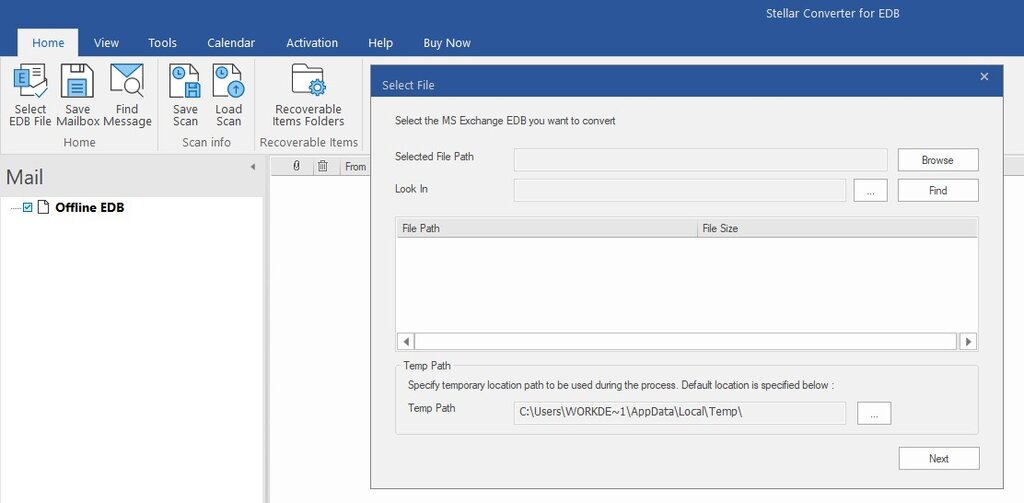
If you want to avoid the complex and time-consuming process of exporting contacts and calendars using the PowerShell cmdlets, you can use an advanced EDB to PST converter software, such as Stellar Converter for EDB. This software is designed to export mailboxes and other items from online or offline EDB files to PST and various other formats, such as EML, MSG, HTML, RTF, and PDF. The software offers the option to selectively export specific mailbox items from the EDB file.
To extract the contacts and calendar data from an EDB file using Stellar Converter for EDB, launch the software, select the EDB file, and scan it. After the scan, the software will display all the EDB file data on the screen in a tree-view structure. You can then navigate to the preview window of calendars (see the image below) and select the data that you want to extract.
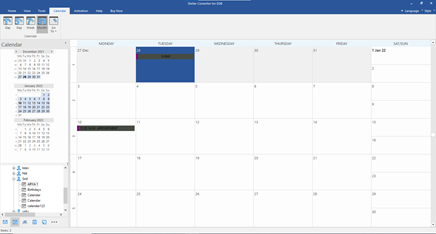
Similarly, you can navigate to the Contact preview tab and select the contacts that you want to extract from the EDB file.
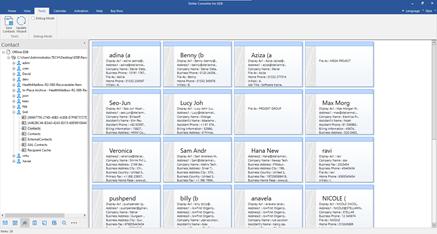
Once you have selected the items, click on the Save Mailbox button to export the items to PST file.
Comparison between PowerShell cmdlets and Stellar Converter for EDB
The table below will show a comparison between the two methods mentioned above.
Feature | PowerShell Cmdlets | Stellar Converter for EDB |
Access to EDB File | Can access only online EDB files | Can access both online and offline EDB files |
Ease of Use | Requires additional roles and permissions | No additional permissions or roles required |
Output Format | Export the extracted data to PST file format only | Can export the extracted data to PST and other formats, like MSG, EML, RTF, PDF, and HTML |
Conclusion
To extract selective items, like contacts and calendars from the EDB file, you can use the New-MailboxExportRequest PowerShell cmdlet with –IncludeFolders parameter. Above, we have explained how to use this PowerShell cmdlet to export the contacts and calendar items to PST file. However, you need some additional permissions and require technical proficiency to use the cmdlet.
To avoid such hassles, you can also use a powerful EDB to PST converter software, like Stellar Converter for EDB. This software can easily extract selective mailbox items from the EDB file and save them in PST and other formats. The software can work with online as well as offline EDB files and does not require any additional permissions to extract the data.
It has an intuitive user interface that is easy to navigate. The software is compatible with all Exchange Server versions.
